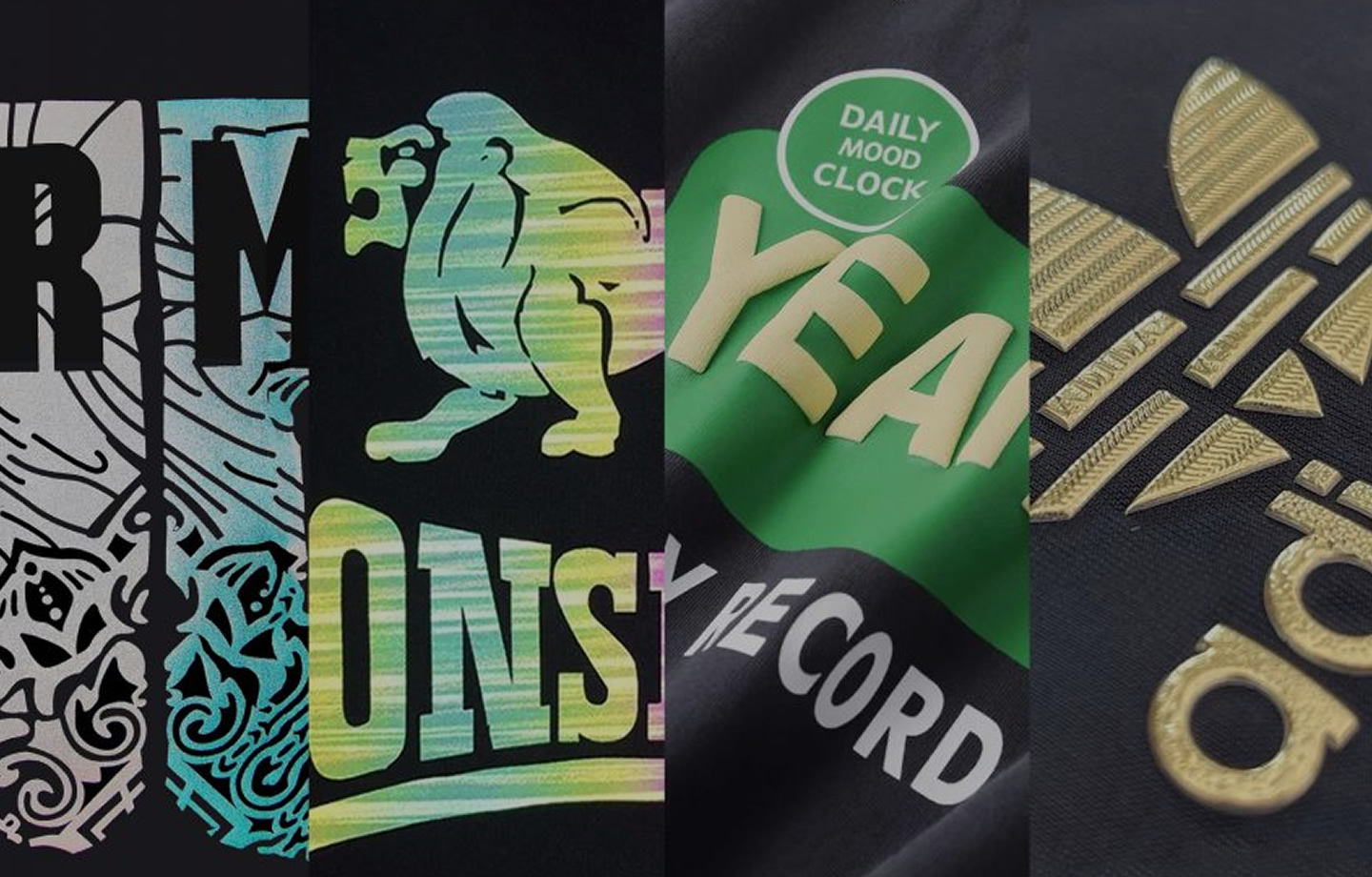With the increasing popularity of laser marking technology, its advantages of high quality, efficiency, pollution-free operation, and low cost have opened up vast prospects for modern manufacturing. As a modern precision processing method, laser marking is challenging traditional processes such as etching, electrical discharge machining, mechanical engraving, and screen printing.
Despite this, screen printing still holds a dominant market share. As a mature traditional technology, screen printing remains irreplaceable by laser marking in certain applications. So, how do laser marking technology and screen printing compare? What are their specific differences? Let’s take a simple comparative analysis of these two processes.
- Speed Comparison:
In terms of speed, laser marking machines undoubtedly have an absolute advantage from layout to final logo formation. It eliminates the cumbersome processes of screen printing, such as creating films, plate making, weaving, exposure, ink mixing, fixture installation, and final printing. Any error in these steps can lead to unsatisfactory results. Laser marking, on the other hand, is much simpler. It only requires creating vector files in software like CDR, then importing them into the marking software for layout, positioning, and laser marking of the logo. The entire process only involves operating in two software programs, greatly simplifying the workflow.
- Cost Comparison:
Laser marking requires no consumables; it can be used simply by plugging it in. Moreover, the lifespan of lasers is very long. The theoretical lifespan of brand fiber lasers can reach up to 100,000 hours. In terms of manual operation, laser marking only requires adjusting the parameters. Screen printing, however, requires workers to constantly monitor whether the screen is blocked, whether there are breaks in the printed pattern, whether the screen surface is clean, and whether the external environment is clean and dust-free. This places higher demands on the operator’s experience and attention to detail.
- Effect Comparison:
Screen printing offers a richer and more diverse range of colors, while laser marking has a relatively limited color palette, typically only black, gray, white, and yellow. This significantly limits the application of laser marking machines in certain industries.
- Operational Difficulty Comparison:
In terms of operational difficulty, laser marking machines are easier to learn. Typically, even completely inexperienced users can operate them proficiently after a few hours of training. The key to operating a laser marking machine is mastering vector graphics software like CDR and the machine’s own operating software. As long as you have basic computer skills, learning is not difficult. In contrast, screen printing requires the operator to first select the appropriate ink, then mix the colors according to requirements, and then place the ink into the screen. During the printing process, the operator needs to be fully engaged, repeatedly performing a series of actions such as scraping the ink, checking for screen blockages, cleaning the screen, and controlling the amount and uniformity of the ink.
- Environmental Protection Comparison:
Laser marking is more environmentally friendly. Although it produces a small amount of smoke and dust during operation, this can be effectively handled by an exhaust fan. The inks used in screen printing, however, typically contain volatile gases that have a pungent odor and are difficult to effectively resolve.

